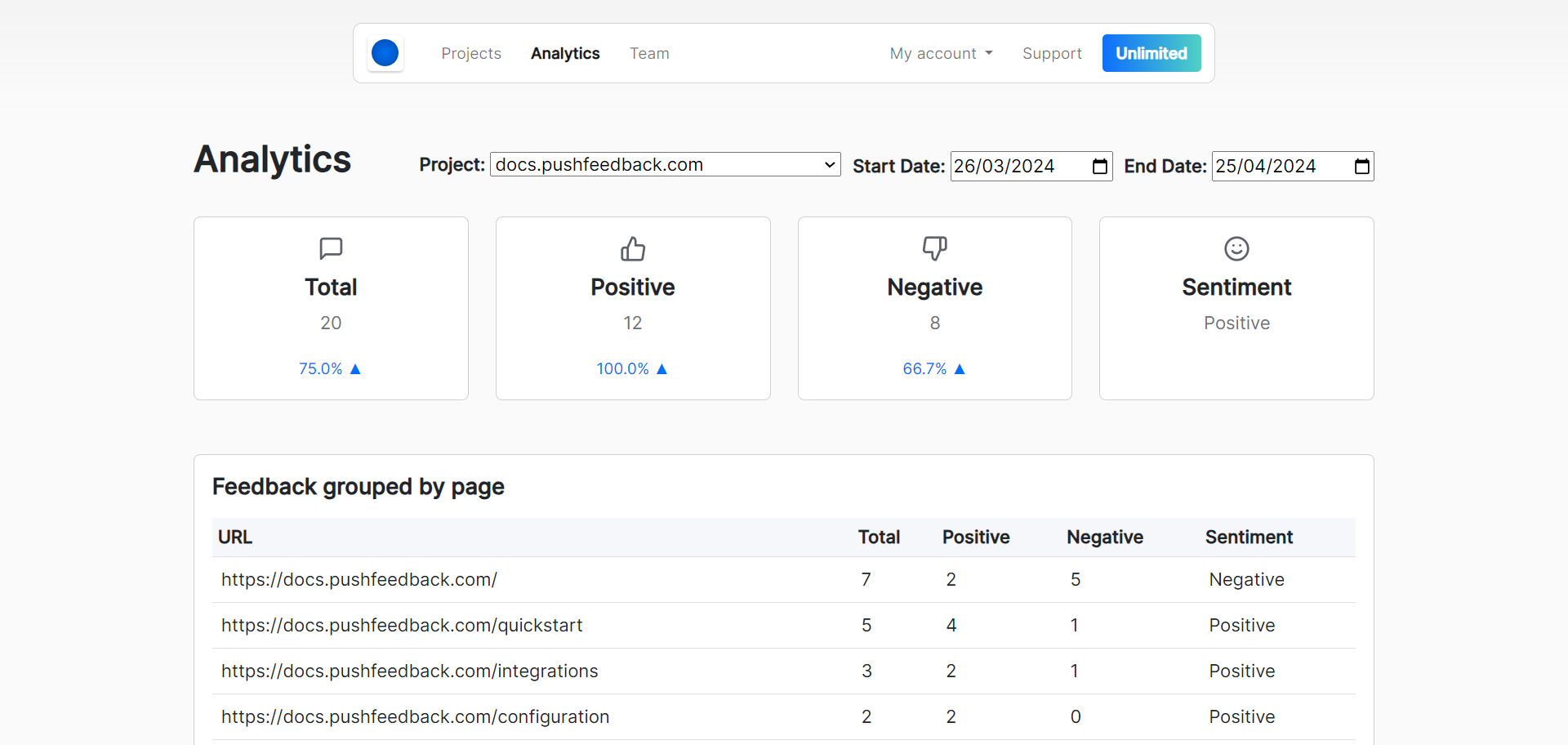Reducing documentation costs with AI solutions

Maintaining high-quality technical documentation can be resource-intensive. With the advent of AI, there's an opportunity to significantly reduce these costs while improving the quality and efficiency of your documentation. This article explores top strategies for leveraging AI to enhance your technical documentation and cut costs.
1. Implement AI-powered chatbots
AI-powered chatbots can revolutionize the way users interact with technical documentation by providing instant, context-aware support. These chatbots can answer common queries, guide users through troubleshooting processes, and provide personalized assistance.
Benefits
- 24/7 availability: Chatbots are available around the clock, ensuring users can get help anytime.
- Instant responses: Reduces wait times for users seeking answers.
- Scalable support: Handles multiple queries simultaneously, reducing the burden on human support teams.
Example: Biel.ai

Biel.ai offers an AI-powered documentation assistant that integrates seamlessly with your existing documentation platforms.
Biel.ai’s chatbots are customizable, allowing you to tailor responses to match your brand's tone and technical jargon. With detailed analytics, Biel.ai helps companies improve user satisfaction and reduce support overhead by providing accurate and contextually relevant information.
2. Improve content quality with natural language processing (NLP)
NLP can be used to enhance the quality of your documentation by understanding the language and context of the content. It can identify areas where the documentation might be unclear or incomplete and suggest improvements.
Benefits
- Content quality: Ensures that the language used is clear and concise.
- Consistency: Maintains a consistent tone and style throughout the documentation.
- Error Detection: Identifies and corrects grammatical errors and inconsistencies.
Example: Grammarly

Grammarly uses NLP to help improve the clarity, consistency, and correctness of your documentation. By integrating Grammarly into your writing process, you can ensure that your content is polished and professional, reducing the time needed for manual editing and proofreading.
3. Leverage AI for content generation and updates
AI can assist in generating and updating documentation content, ensuring it stays current with product changes and user needs. Tools like GPT-4 can draft initial versions of documents, which can then be refined by human writers.
Benefits
- Efficiency: Speeds up the content creation process.
- Consistency: Maintains a uniform style across all documentation.
- Scalability: Easily generates large volumes of content.
Example: OpenAI GPT-4
OpenAI GPT-4 can be used to generate initial drafts of documentation, saving time for human writers. By providing a solid foundation, GPT-4 allows writers to focus on refining and adding value to the content, rather than starting from scratch.
4. Analyze user behavior and feedback with AI
AI can analyze user interactions with your documentation, providing insights into how users engage with the content and where they encounter difficulties. This data can be used to continuously improve the documentation.
Benefits
- User Insights: Understand how users interact with your documentation.
- Identify Pain Points: Discover areas where users struggle and need better support.
- Continuous Improvement: Use data-driven insights to refine and enhance documentation.
Example: PushFeedback.com

PushFeedback.com offers a feedback widget that integrates seamlessly with your documentation to collect real-time user feedback.
This tool helps you understand user needs and preferences, making it easier to optimize your content. With detailed analytics, PushFeedback.com enables continuous improvement of your documentation by providing actionable insights.
5. Automate translation and localization
AI-powered translation tools can help in translating and localizing documentation quickly and accurately, ensuring that your content is accessible to a global audience.
Benefits
- Cost savings: Reduces the need for manual translation services.
- Speed: Translates content quickly, keeping up with updates and new releases.
- Accuracy: Ensures consistent and accurate translations across different languages.
Example: DeepL
DeepL offers AI-powered translation services that can translate and localize your documentation accurately and quickly.
By using DeepL, you can ensure your content is accessible to a wider audience without the high costs associated with traditional translation services.
Human writers are essential
While AI can significantly reduce the costs and time associated with creating and maintaining technical documentation, human writers remain indispensable. AI tools need a strong foundation of well-written content to function effectively. Human expertise is crucial for:
- Initial content creation: Crafting the base content that AI tools can build upon.
- Contextual understanding: Providing the nuanced understanding that AI may lack.
- Quality assurance: Reviewing and refining AI-generated content to ensure it meets high standards.
- Decision making: Applying critical thinking to make informed decisions about content structure and presentation.
- Content architecture and organization: Designing and organizing content in a way that makes it easily accessible and logical for users.
By combining the strengths of AI and human writers, organizations can achieve the best results in their technical documentation efforts.
Conclusion
AI presents numerous opportunities to reduce the costs associated with maintaining high-quality technical documentation. By implementing these strategies, organizations can create more effective, user-friendly documentation while cutting down on expenses.
As AI technology continues to evolve, its potential to transform technical documentation will only grow, making it an essential tool for modern documentation practices. Embrace AI to stay ahead and provide exceptional support to your users.